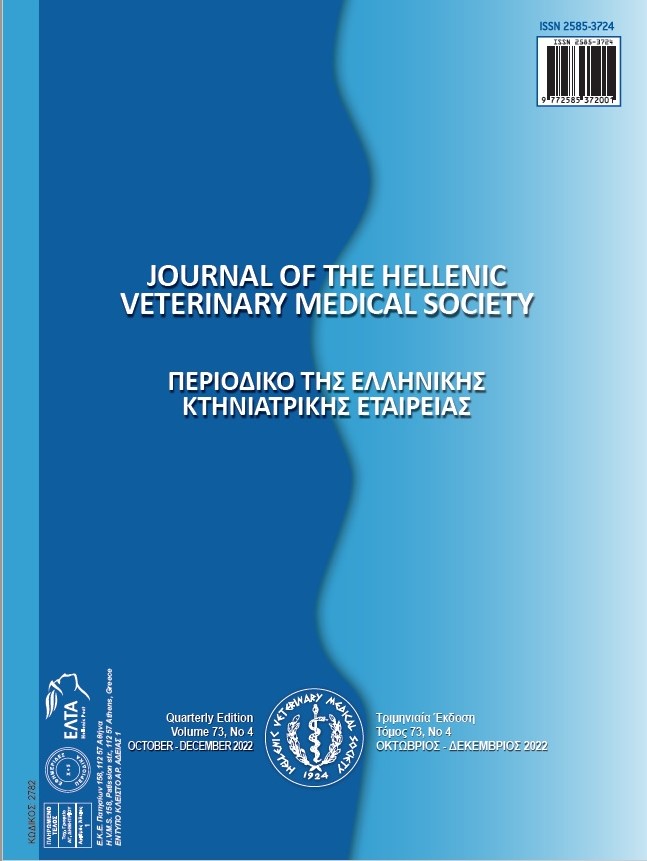Clinical and Molecular Epidemiological Study on Herpesviruses Infection among Equid Populations in Upper Egypt

Abstract
The present study was carried out to record the clinical signs of equine herpesviruses (EHVs) infection and to detect the prevalence of EHVs infection among working equids in different provinces of Egypt. A total number of 115 working equids (92 horses and 23 donkeys) were clinically examined and sampled from November 2018 till November 2019 for this study.
Two samples were collected from each animal (nasal swab and blood sample) and were subjected to multiplex-PCR to detect the prevalence of different EHVs infection among equids.
In the current study, the overall prevalence of EHVs infection among equid populations in Egypt was 80% by using multiplex-PCR. Moreover, the most prevalent equine herpesvirus (EHV) among equids in Upper Egypt was EHV-2 (61.74%), followed by EHV-5 (43.48%), EHV-1 (20%), and EHV-4 (13.04%). The recorded clinical signs of the examined equids harbored EHVs (PCR-positive) can be summarized as follow: a higher percentage was detected among equids with a history of acute onset (59.78%), pyrexia (57.61%), and/or systemic illness (45.65%) with or without respiratory signs (56.52%) and ocular signs (35.87%). Furthermore, 4.35% and 1.09% of EHV-1 PCR-positive equids displayed neurological signs and abortion, respectively.
Article Details
- How to Cite
-
Abdel-Rady, A., Abd El-Rahim, I., S. Gad El-Rab Abd El-Hameed, & Malek, S. (2023). Clinical and Molecular Epidemiological Study on Herpesviruses Infection among Equid Populations in Upper Egypt. Journal of the Hellenic Veterinary Medical Society, 73(4), 4689–4872. https://doi.org/10.12681/jhvms.28144
- Issue
- Vol. 73 No. 4 (2022)
- Section
- Research Articles

This work is licensed under a Creative Commons Attribution-NonCommercial 4.0 International License.
Authors who publish with this journal agree to the following terms:
· Authors retain copyright and grant the journal right of first publication with the work simultaneously licensed under a Creative Commons Attribution Non-Commercial License that allows others to share the work with an acknowledgement of the work's authorship and initial publication in this journal.
· Authors are able to enter into separate, additional contractual arrangements for the non-exclusive distribution of the journal's published version of the work (e.g. post it to an institutional repository or publish it in a book), with an acknowledgement of its initial publication in this journal.
· Authors are permitted and encouraged to post their work online (preferably in institutional repositories or on their website) prior to and during the submission process, as it can lead to productive exchanges, as well as earlier and greater citation of published work.



